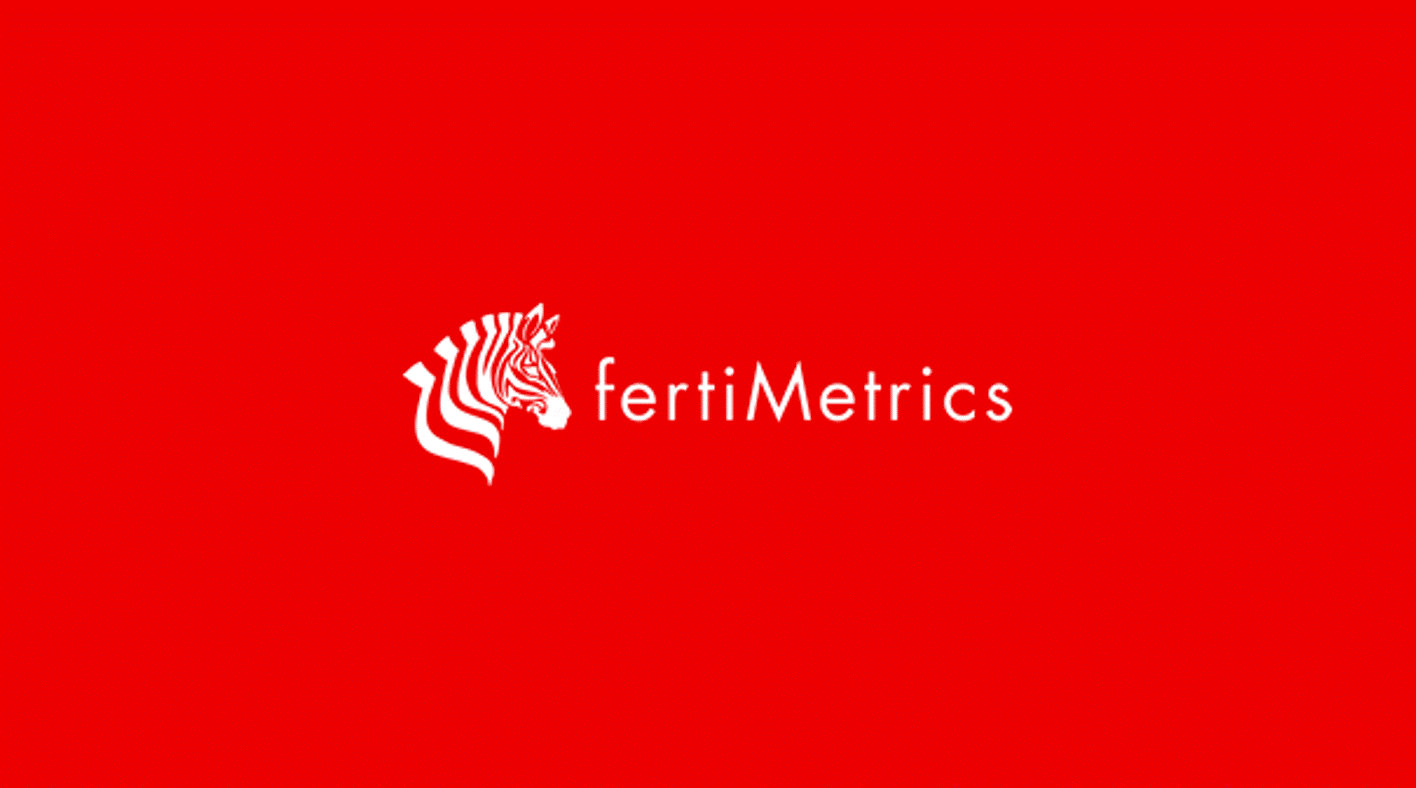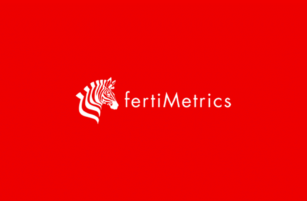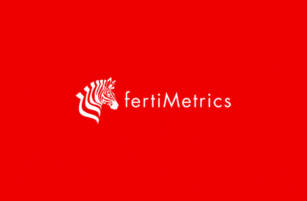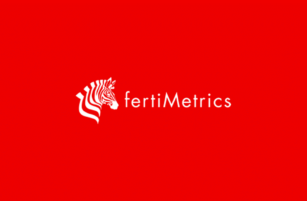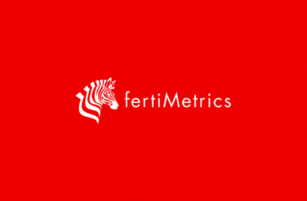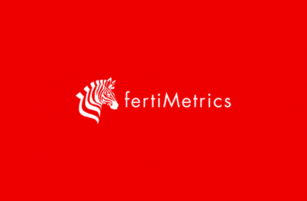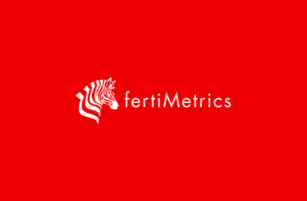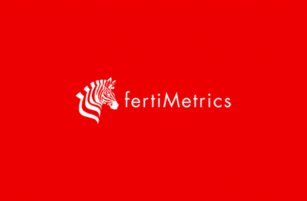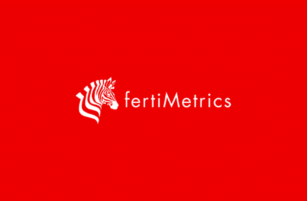Insight Focus
The international urea and potash markets have been sluggish this week with little or no activity. India and Pakistan are both actively importing DAP, supporting prices. Ammonia prices are going up west of Suez due to slower production.
Urea Demand Fades
The international urea market appeared subdued this week with very little activity to support prices except for one cargo of granular urea rumoured sold to Australia from a Middle East producer at USD 340/tonne FOB.
This price is in line with the most recent netbacks from the India tender.
Producers with volume unsold for August are struggling to find a home. Egyptian producers are concerned about the lack of interest from Europe, which in turn is concerned about the poor harvest. Algerian producers as well as those in Nigeria are struggling to find homes for their production.
The Iranian export volume is growing with producers trying to hold at USD 300/tonne FOB but it appears most likely to have to reduce their expectations to attract buyers.

Latin American buyers are holding out with offers in Brazil at USD 350/tonne CFR meeting a cold shoulder and bids are coming in at USD 340/tonne. However, Brazil should be stepping up soon to meet domestic demand for the upcoming planting season.
Then again, Brazilian importers are enjoying sanctioned products from Russia, Venezuela and Iran at discounted prices, which is not helping non-sanctioned producers.
India is rumoured to be holding a tender in the middle of August despite its current inventory of close to 10 million tonnes. This tender might therefore be for minimal volume, which wouldn’t supporting current prices. Therefore, the outlook for the urea price over the next month or so could be that of a small correction.
Processed Phosphate Price Supported by India
The processed phosphate market is all about demand for DAP from India and Pakistan. Ma’aden of Saudi Arabia is reported to have sold 130,000 tonnes of DAP to India at USD 590/tonne CFR, up USD 50/tonne from the last deal done and USD 80/tonne up from May 23.
Demand in India seems to have been boosted by the reported approval of a special-package subsidy boost of INR 3,500/tonne (USD 42/tonne) for DAP. Many buyers are said to be actively trying to procure DAP despite tight supply. The combination seems likely to push India’s DAP prices higher in the coming weeks.
Pakistan is buying with prices said to be above USD 620/tonne CFR. The reason behind this surge in prices is lack of supply. Chinese producers are holding back with FOB levels now said to be above USD 600/tonne for DAP.
Buyers around the world are now looking for alternative products like NPK, NP and TSP with the end game of increased prices for these products as well. MAP prices in Brazil are holding at around USD 635/tonne CFR.

The outlook for the processed phosphate price is bullish on the back of limited supply.
Potash Battles Slow Demand
Spot potash prices across most regions continued to hold steady because of slow demand, while trading activity has been lacklustre. Many South Asian markets were still digesting the news of the MOP contract settlements in China and India, but domestic Chinese markets began to falter and lose momentum.
In China, anticipation of increased supply following the contract settlements, which included the 2024 potash contract, cross-border contract, and China-Europe train contract, weighed on the port prices in the domestic market. Also, in terms of supply, China’s MOP H1 imports increased to 6.5 million tonnes, up 24% to a record high, according to customs data.
MOP prices in other Southeast Asian markets remained unchanged as the new contracts failed to make a dent in the market. However, market participants are expecting an impact on prices in the near-term.
Average delivered prices for standard potash held at USD 282/tonne, while the average granular price was at USD 328/tonne CFR – both down at a three-year low.
In Brazil, prompt potash prices halted their decline this week after easing down to USD 305-310/tonne CFR for granular bulk products. MOP prices in the region are anticipated to decline further in the coming weeks, with offers heard as low as USD 295/tonne CFR in recent weeks.

The outlook for potash prices is that Brazil will hold but that further price pressure is to be expected in Southeast Asian markets.
Ammonia Market Abuzz with Activity
West of Suez ammonia prices spiked this week as outages in Algeria, Egypt and reductions in Trinidad severely limited availability. In the east, prices remain broadly stable, although domestic prices in China are sliding.

A delivery to Europe lifted the average assessment in northwest Europe to USD 550-575/tonne CFR, its highest since late December last year and up from USD 480-510/tonne CFR last week. This trade dragged notional export prices from Algeria USD 65/tonne higher with producers there unlikely to settle for much less than Gemlik in the present market.
Prices are on the rise everywhere in the West. Ammonia prices remained broadly stable in Asia with availability in the Far East improving following the recent return of Ma’aden’s MWSPC II unit, although spot appetite is weak and downstream demand subdued.
The outlook for ammonia prices is bullish with India expected to come in to refill inventories and with outages in major producing areas reducing availability.
